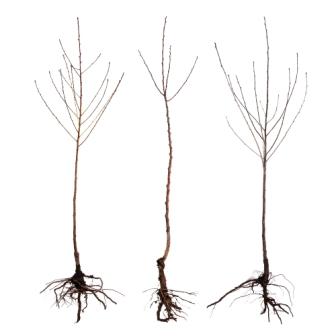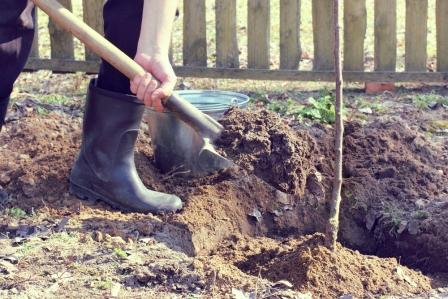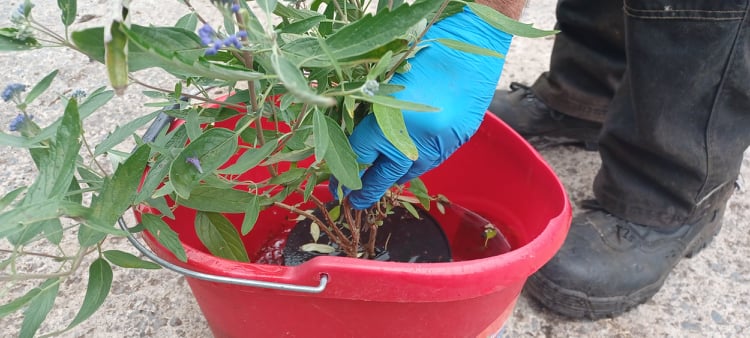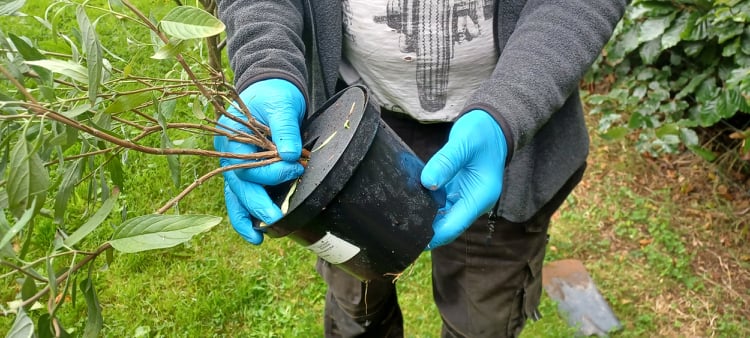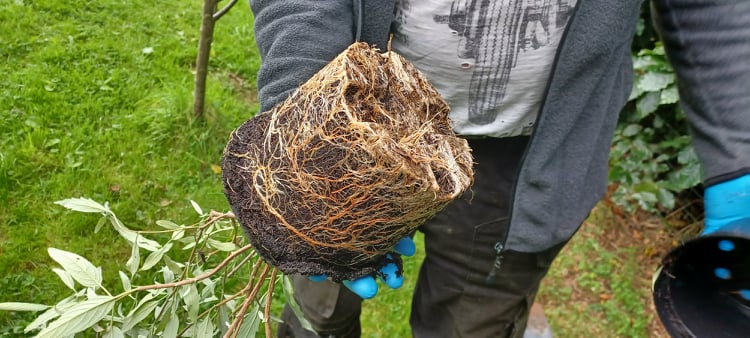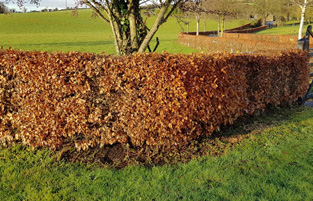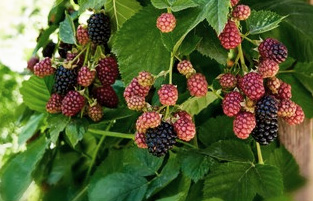Star Jasmine Plants / Trachelospermum Jasminoides in 9cm Pot, Fragrant Flowers
Star Jasmin / trachelospermum jasminoides in 9cm Pot
Star jasmine is a woody, evergreen climber with rich, dark green leaves which turn bronze in winter. From mid- to late summer, pure white, fragrant flowers are produced.
Growing Details
Common Name: Star Jasmin
Genus: Trachelospermum
Species: Jasminoides
Skill Level: Beginner
Exposure: Full sun, Partial shade
Hardiness: Hardy
Soil type: Clay/heavy, Moist
Height: 500cm
Spread: 500cm
Time to take cuttings: November to February
Flowering period: May to June
Description
Grow in well-drained soil in full sun or partial shade with protection from cold, drying winds. If growing indoors, plant in loam-based potting compost in full light but not direct sun. Water freely and apply a balanced liquid fertiliser monthly during the growing season, and water sparingly in winter
About Us
Beechwood Nurseries is based in Northern Ireland Est.1997. We supply all types of Hedging, Trees, Shrubs, Plants, Fruit, Wildlife Habitats with fast & free delivery throughout the whole of the UK and we also deliver to Republic of Ireland.
Shipping
Free postage on all orders to mainland UK & Northern Ireland
It is important that you specify the correct delivery address when placing your order and it is vital that the information is accurate. We cannot be held responsible for any damages or loses of product when the address entered is incorrect and goods lost or damaged upon arrival due to the delay in transit.
Orders to Republic of Ireland will be posted via courier at an extra cost that will be calculated at the checkout. It is necessary to supply the correct address including the County, Eircode and the contact phone number for the recipient.
All items should be received within 2-3 working days of dispatch, but please allow up to 4 working days for delivery. Most orders require a signature and if this is a problem, leave a note at the checkout.
Our couriers will attempt delivery 1 or 2 times and if you are not at home, they will leave a card or will email informing you of where they can be contacted to arrange a time to deliver when you will be available to receive the goods. Should the courier subsequently return the goods to us having left cards and attempted delivery, we reserve the right to charge a return fee depending on the size of the order and return postage costs. If the goods are returned by the courier after they have attempted delivery and are deemed to be unsuitable for re-sale, due to their perishable nature, you will be liable for the full purchase cost of the items.
If for any reason you wish to return an order, it can be sent back to us within 30 days of receipt for a full refund.
Please contact us 4 days after dispatch if you have not received your order. If you require the tracking number, please contact us via eBay messages as not all the couriers send the tracking information directly to the customers.
Returns
If you are not 100% happy with you purchase, please return it to us for a full refund within 30 days of receiving the goods.
It is your responsibility to take reasonable care of goods while in your possession and until they are returned back to us. The plants need to be returned in its original packaging and without the damage. If the item has been used or damaged because of poor care / packaging, we reserve the right to withhold a percentage of refund value.
If our courier has tried to deliver your order and you were not at the delivery address or you have not given us instructions to leave the parcel somewhere safe, a charge will be due when they return the goods to us. We comply with the Distance Selling Regulations, of which we are legally obliged to do. The Distance Selling Regulations can be viewed on the eBay help pages.
Bareroot Planting
Planting Instructions for Field Grown Bare Root Plants
The listing will say either Bare rooted or Potted
1. Plant bare-root trees and shrubs in winter and very early spring (from the end of October to early April in most parts of the country) when the plants are dormant and the ground isn't frozen solid. They'll have a chance to put out new roots before they have to cope with hot sun, drying winds and the added stress of producing leaves.
2. Remove any packing material carefully and rinse off or gently pull off any clumps of earth clinging to the roots; clip off any dead or damaged roots.
3. Immerse the roots in a bucket of water to soak for at least one to four hours, but no longer than overnight. Supplying enough moisture is key to the success of bare-root planting.
4. Dig a hole that's at least two feet wider than the root system and about as deep as the point where the roots flare from the trunk (or stems in the case of a shrub). Using your shovel, loosen the soil on the sides of the hole so it doesn't solidify around the plant's roots.
5. Mound soil in the bottom of the hole so that the peak reaches just about ground level.
6. Place stakes in the hole if you're planting a tree that will need support (see below How to Stake and Tie a Tree).
7. Set the tree or shrub on top of the mound so the roots cascade down over the sides. Spread them gently with your hands if you need to, and add or remove soil so that top of the root system is just at ground level.
8. Fill the hole about halfway with soil and tamp it lightly with your foot to remove large air pockets.
9. Make sure the tree or shrub is standing straight up, then water slowly to saturate the soil and remove any remaining air pockets.
10. Finish filling the hole with soil. Use any extra to build a temporary berm above the perimeter of the roots and water again.
11. Keep the soil moist for the first year after planting. Mulch to retain moisture, but keep at least six inches bare around the trunk. Check frequently; if you see yellow leaves or the soil feels dry, water immediately.
Mulch ... but not too much
When mulching, make sure that you do not mulch immediately up to the trunk of the tree. Leave at least three inches around the tree mulch-free. Also, don't lay mulch on too thick. Two inches is more than enough to help conserve water. Just as you did with the soil, build a mulch retaining wall.
Water with a slow-drip hose
After you're done planting, turn on a slow-drip hose. Water consistently, especially until the plant has had a chance to acclimate itself to its new home. It is much more effective and efficient to use a slow-drip hose for a longer period than a handheld hose for a few minutes.
How to stake and tie a tree:
1. Buy wooden or metal stakes that are about 1/3 the height of your tree, plus at least 2 feet to be sunk into the ground. If your stakes are longer than 8 feet, 25 percent of the total length should be below ground.
2. Drive the stakes into either side of the hole before you set in the tree.
3. Secure the tree to the stakes with broad, soft straps or lengths of hose. Do not use wire, even if it's threaded inside pieces of hose; it can cut into the young trunk and cause permanent damage.
4. Fasten the straps tightly to the stakes and very loosely to the tree. There should be enough slack so that the tree can move up to 2 inches in every direction. If the trunk can't move, it won't grow in girth and will remain unstable.
5. Remove the stakes and ties within a year after planting.
Potted Planting
Planting guide for potted plants1. When planting, make sure that the top of the compost in the pot is at the same level with the surrounding soil surface. Once you choose a suitable space, dig a hole that is larger than the pot, so you have plenty of space to work with.2. Loosen the base of the soil in the hole and mix it up with some compost and a slow-release fertilizer (bonemeal). 3. Soak the roots of the plant in a bucket of water for about 1 hour before planting out if the plant is dry upon arrival. Do not soak the plant for longer than overnight. Turn the pot upside down to get the plant out of the container. If there are roots hanging out of the drainage holes you should still be able to pull the plant out. If the roots are too much potbound, you will need to cut the pot or even cut the roots from the bottom of the pot. This will not cause any harm to the plant. To promote good nutrient absorption, trim the roots and loosen up the root ball before replanting.
3. Soak the roots of the plant in a bucket of water for about 1 hour before planting out if the plant is dry upon arrival. Do not soak the plant for longer than overnight. Turn the pot upside down to get the plant out of the container. If there are roots hanging out of the drainage holes you should still be able to pull the plant out. If the roots are too much potbound, you will need to cut the pot or even cut the roots from the bottom of the pot. This will not cause any harm to the plant. To promote good nutrient absorption, trim the roots and loosen up the root ball before replanting.
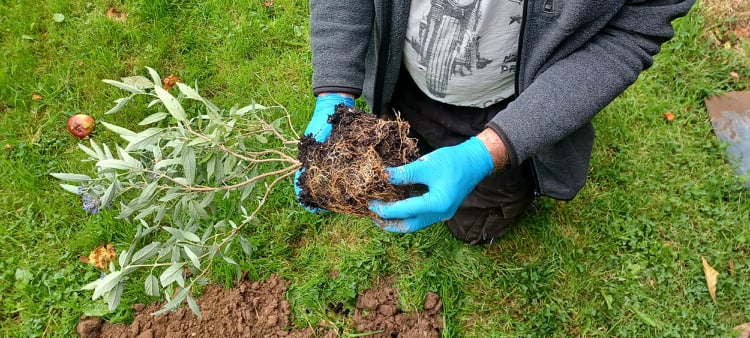 4. You can now place the plant in the hole and make sure the top of the compost from the pot is at the same level as the surrounding soil and the plant is standing upright.
4. You can now place the plant in the hole and make sure the top of the compost from the pot is at the same level as the surrounding soil and the plant is standing upright.
5. Fill the hole with the rest of the soil mixed up with some compost and water the plant properly to get rid of any air pockets in the ground. You can top up the soil if needed again and water properly once again.The plants should be watered regularly during the hot and dry spells.
